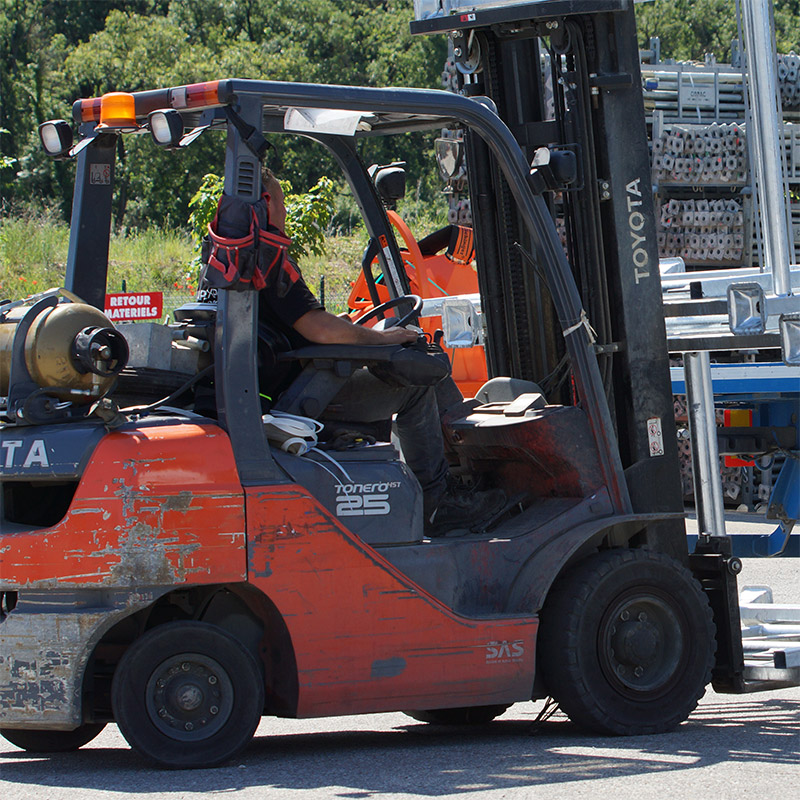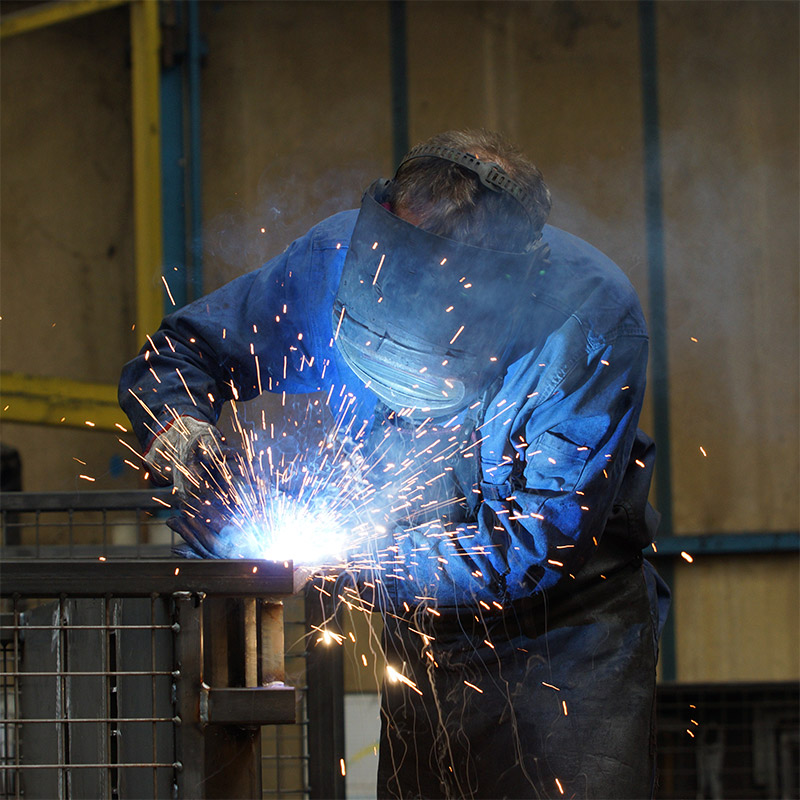How to Properly Administer Corticosteroid Injections
Corticosteroid injections are a common medical treatment used to reduce inflammation, relieve pain, and improve function in various conditions such as arthritis, tendinitis, bursitis, and other inflammatory disorders. When administered correctly, these injections can provide significant relief with minimal risk. However, improper technique can lead to complications such as infection, tissue damage, or ineffective treatment. This comprehensive guide aims to outline the essential steps and considerations to ensure safe and effective corticosteroid injection administration.
Understanding Corticosteroid Injections
Corticosteroids are synthetic drugs that mimic hormones produced naturally by the adrenal glands. They exert potent anti-inflammatory effects, making them invaluable in managing inflammatory conditions. These medications are typically injected directly into the affected joint, bursa, or soft tissue to deliver targeted therapy.
Preparation Before Administration
1. Patient Evaluation
- Obtain a thorough medical history, including allergies, current medications, and previous reactions to corticosteroids.
- Perform a physical examination to confirm the diagnosis and assess the target area.
- Review imaging studies if available (e.g., X-ray, ultrasound) to guide accurate placement.
2. Consent and Explanation
- Explain the procedure, benefits, risks, and possible side effects to the patient.
- Obtain informed consent prior to proceeding.
3. Equipment and Medications
- Use sterile gloves, drapes, and antiseptic solutions.
- Prepare the corticosteroid preparation, often combined with a local anesthetic for immediate pain relief.
- Ensure all necessary supplies are ready: syringes, needles, antiseptics, and a sharps disposal container.
Steps for Proper Corticosteroid Injection Technique
To properly administer corticosteroid injections, it is crucial to follow the correct technique to ensure safety and effectiveness. For detailed guidance on the administration of corticosteroid injections, visit anabolic steroids buy.
4. Site Preparation
- Clean the skin thoroughly with an antiseptic solution such as chlorohexidine or alcohol swabs.
- Allow the antiseptic to dry completely to reduce the risk of bacterial contamination.
5. Anesthesia and Pain Management
- If needed, administer a local anesthetic to numb the area temporarily before injecting the corticosteroid.
- Ensure the patient is comfortable and positioned appropriately to access the target site easily.
6. Needle Selection and Insertion
- Choose an appropriate needle size based on the location and depth of the injection—typically 22-25 gauge for superficial injections, 18-22 gauge for deeper joints.
- Insert the needle at the correct angle—usually perpendicular to the skin surface for intra-articular injections or along the tissue plane for soft tissue injections.
- Advance slowly while aspirating gently to ensure the needle is not in a blood vessel.

7. Injection Technique
- Once proper placement is confirmed, slowly inject the corticosteroid mixture.
- Withdraw the needle smoothly after the injection is complete.
- Apply gentle pressure and a sterile dressing over the injection site.
Post-Injection Care and Monitoring
- Advise the patient to rest the affected area for 24-48 hours post-injection.
- Monitor for any adverse reactions such as increased pain, swelling, or signs of infection.
- Schedule follow-up to assess the effectiveness of the treatment and plan further management if needed.
Potential Risks and Complications
Although corticosteroid injections are generally safe when performed correctly, some risks include:
- Infection at the injection site
- Tissue atrophy or depigmentation
- Damage to surrounding structures such as cartilage or nerves
- Elevated blood sugar levels in diabetic patients
- Allergic reactions
Guidelines for Safe Practice
- Always adhere to strict aseptic techniques to minimize infection risks.
- Use correct dosage and avoid excessive injections to prevent tissue damage.
- Maintain accurate documentation of the procedure, including medication details, site, and patient response.
- Be aware of contraindications such as local infections, coagulopathy, or allergy to corticosteroid components.
Conclusion
Proper administration of corticosteroid injections requires meticulous preparation, technique, and monitoring. Ensuring that each step is carefully followed minimizes risks and maximizes therapeutic benefits. Healthcare providers must stay updated with best practices and guidelines to deliver safe, effective care for patients suffering from inflammatory conditions.





